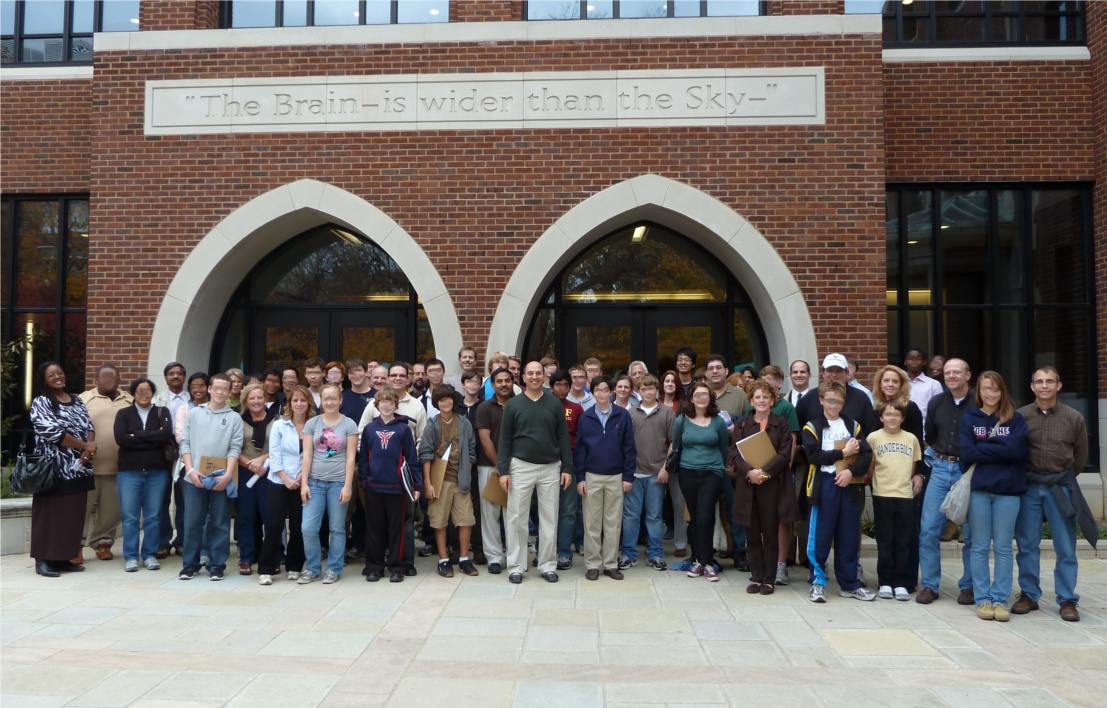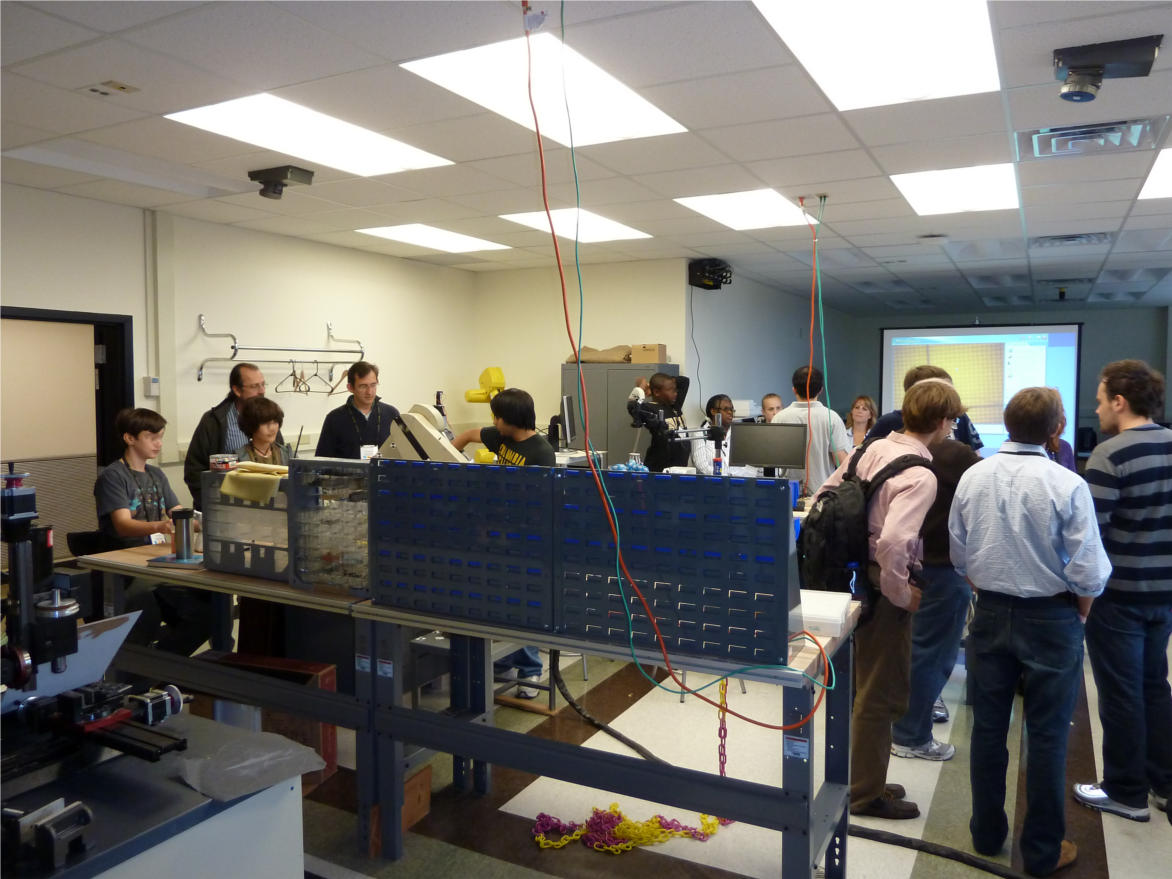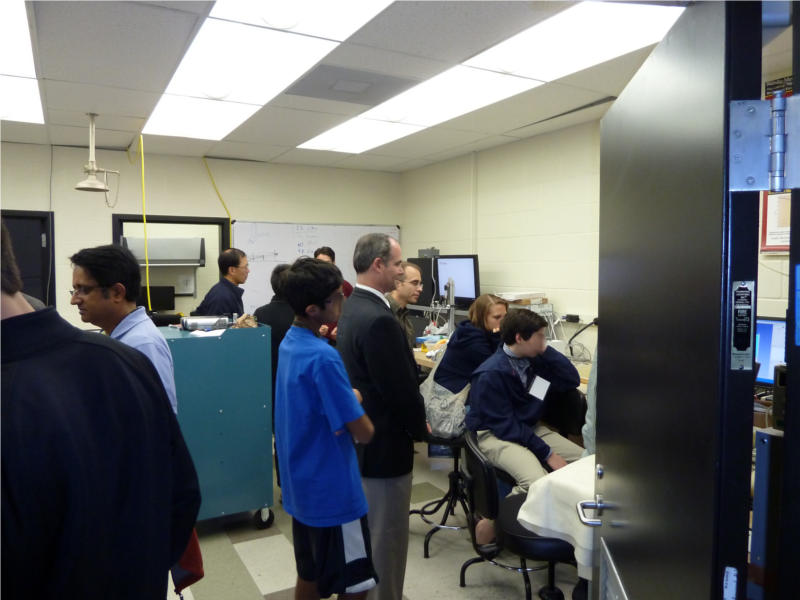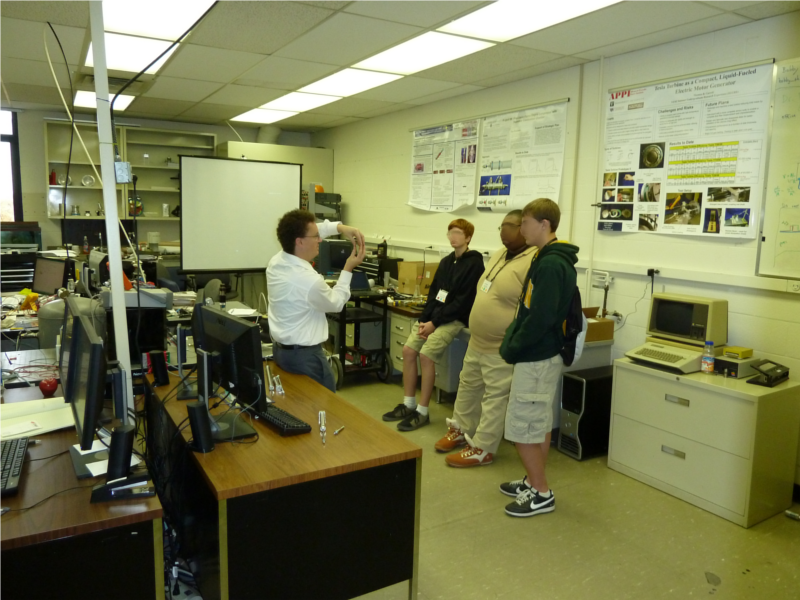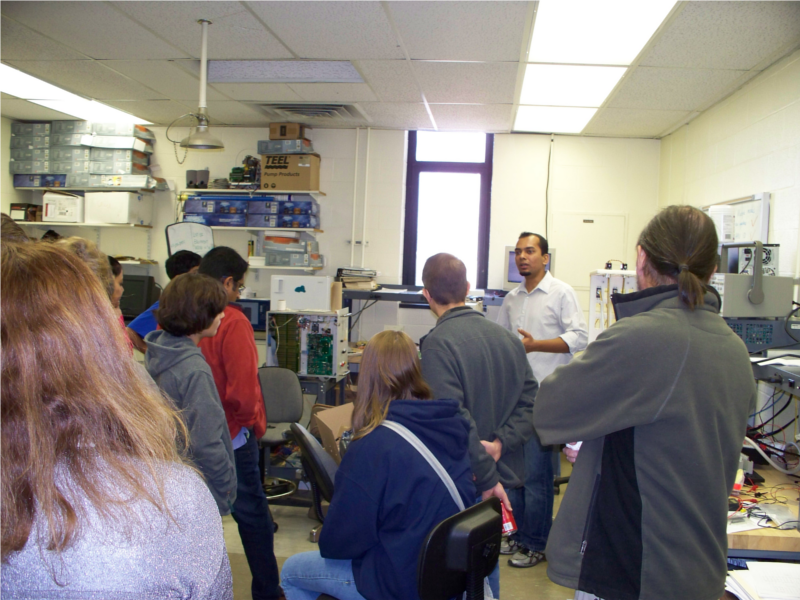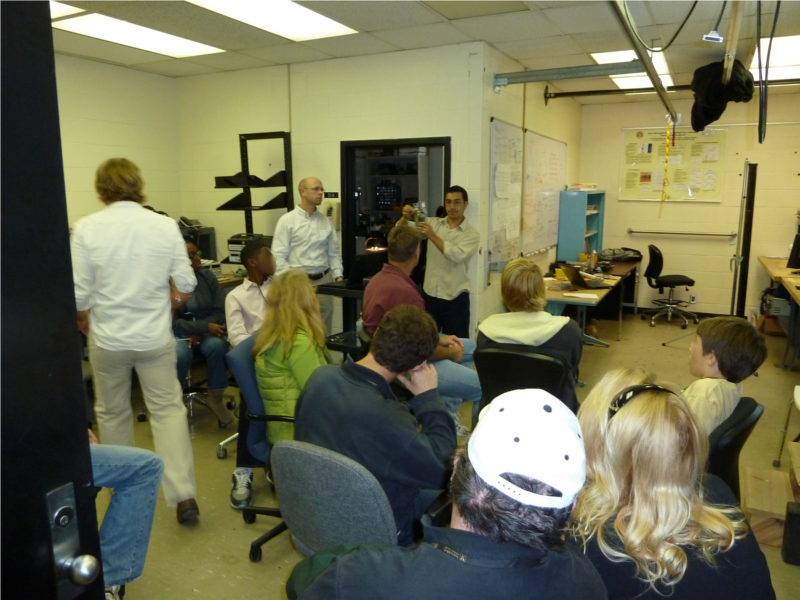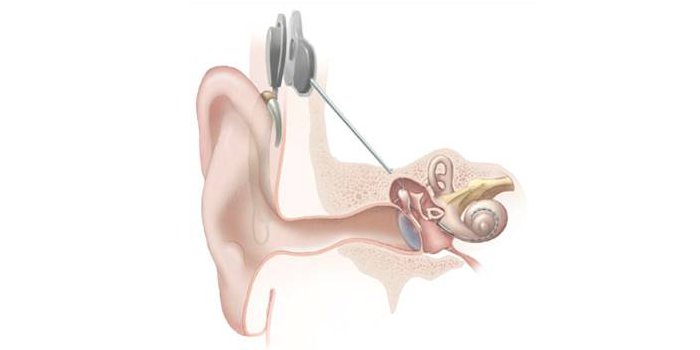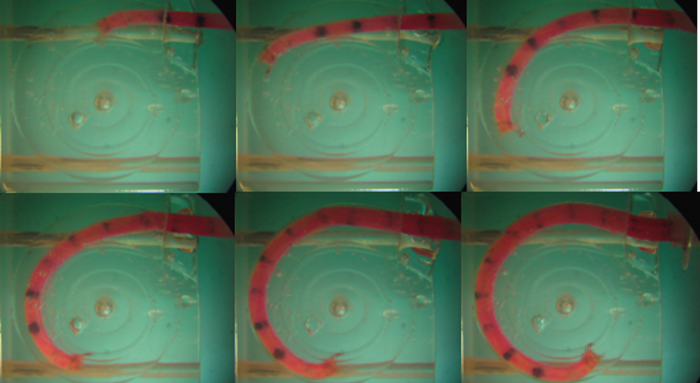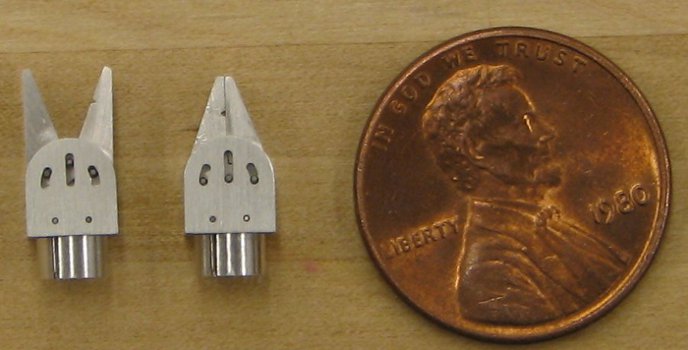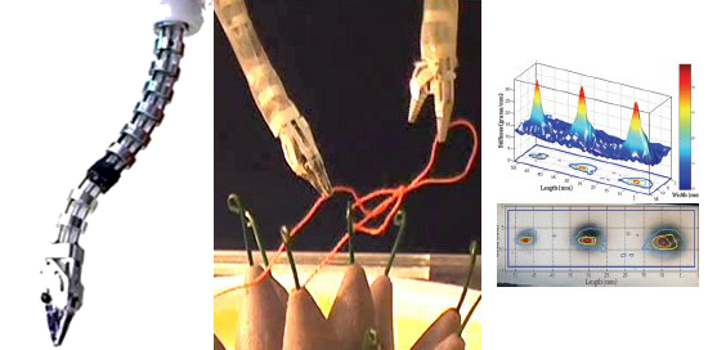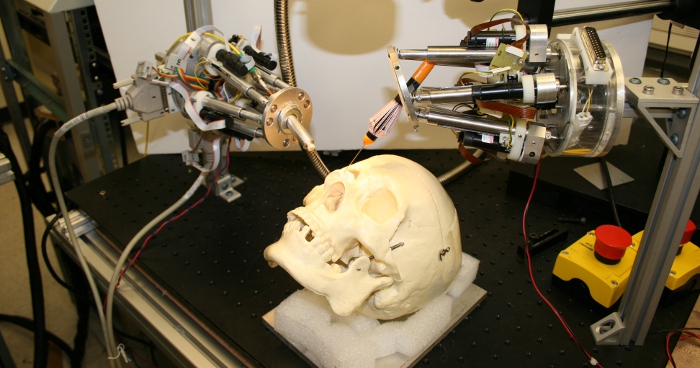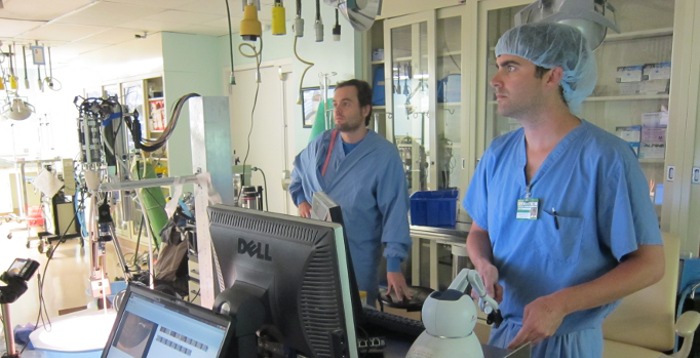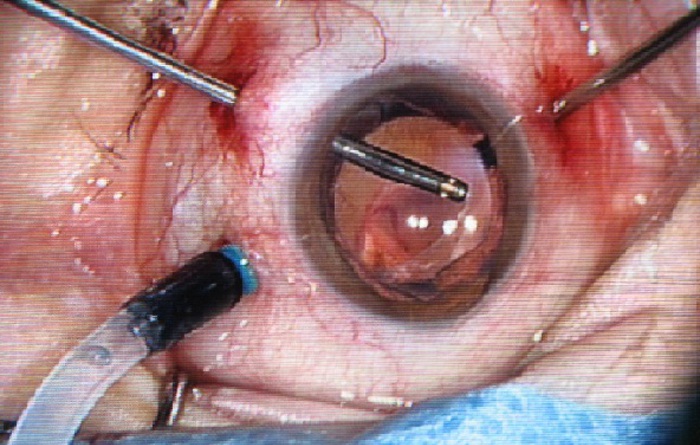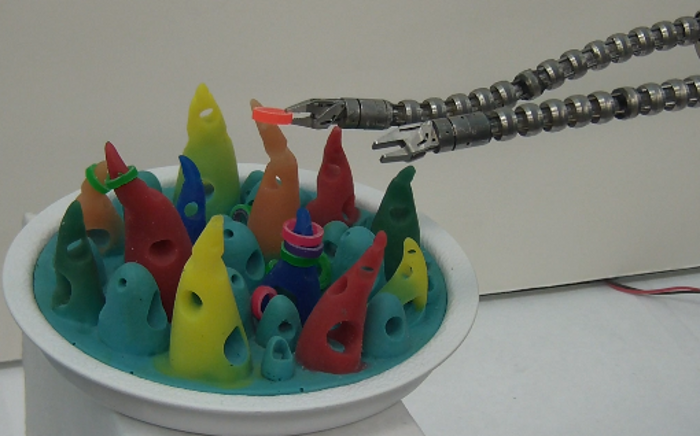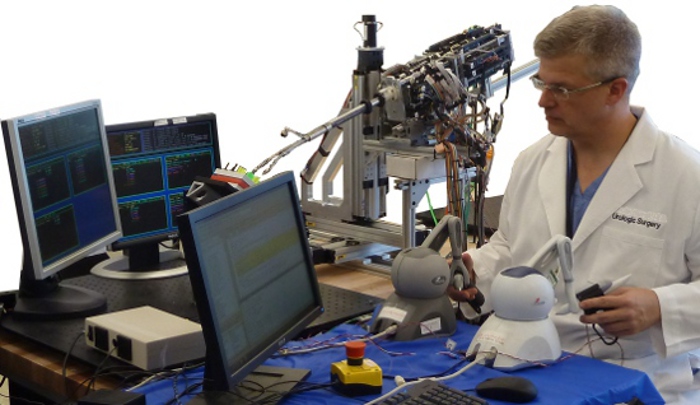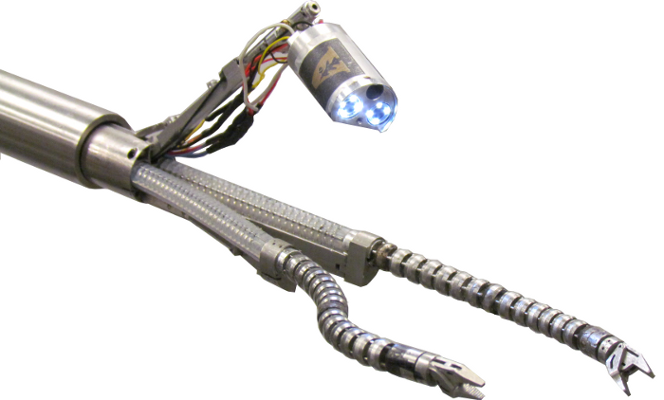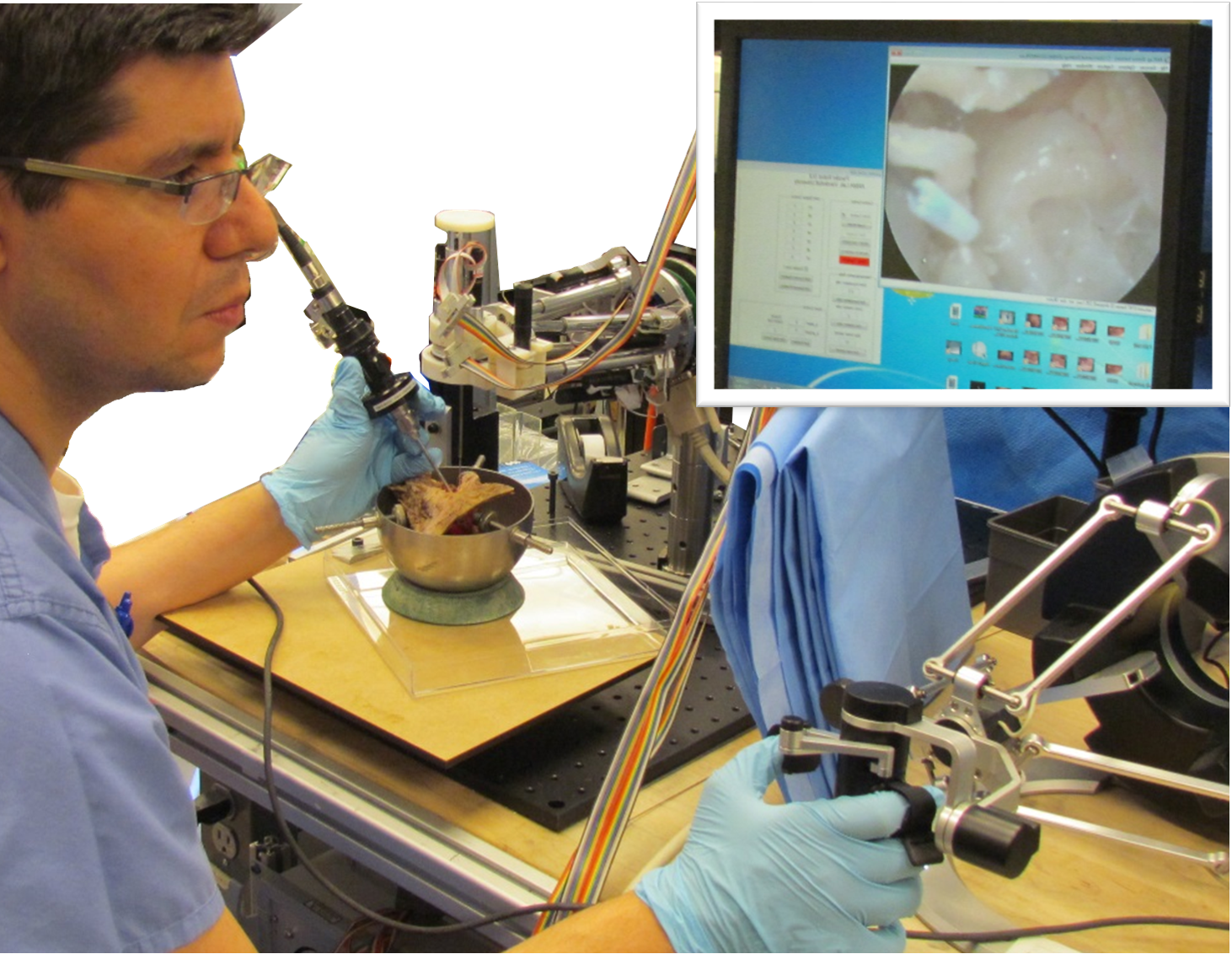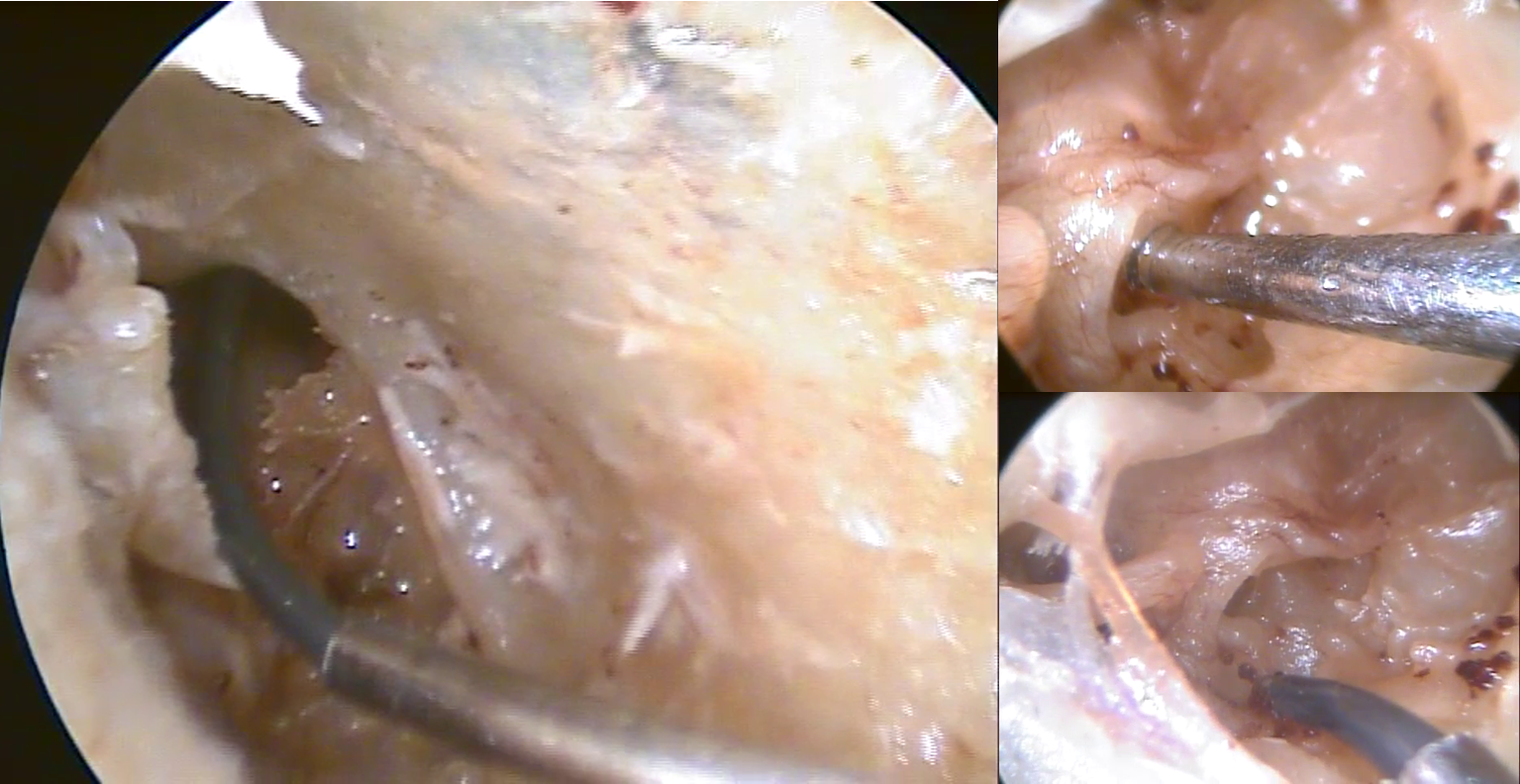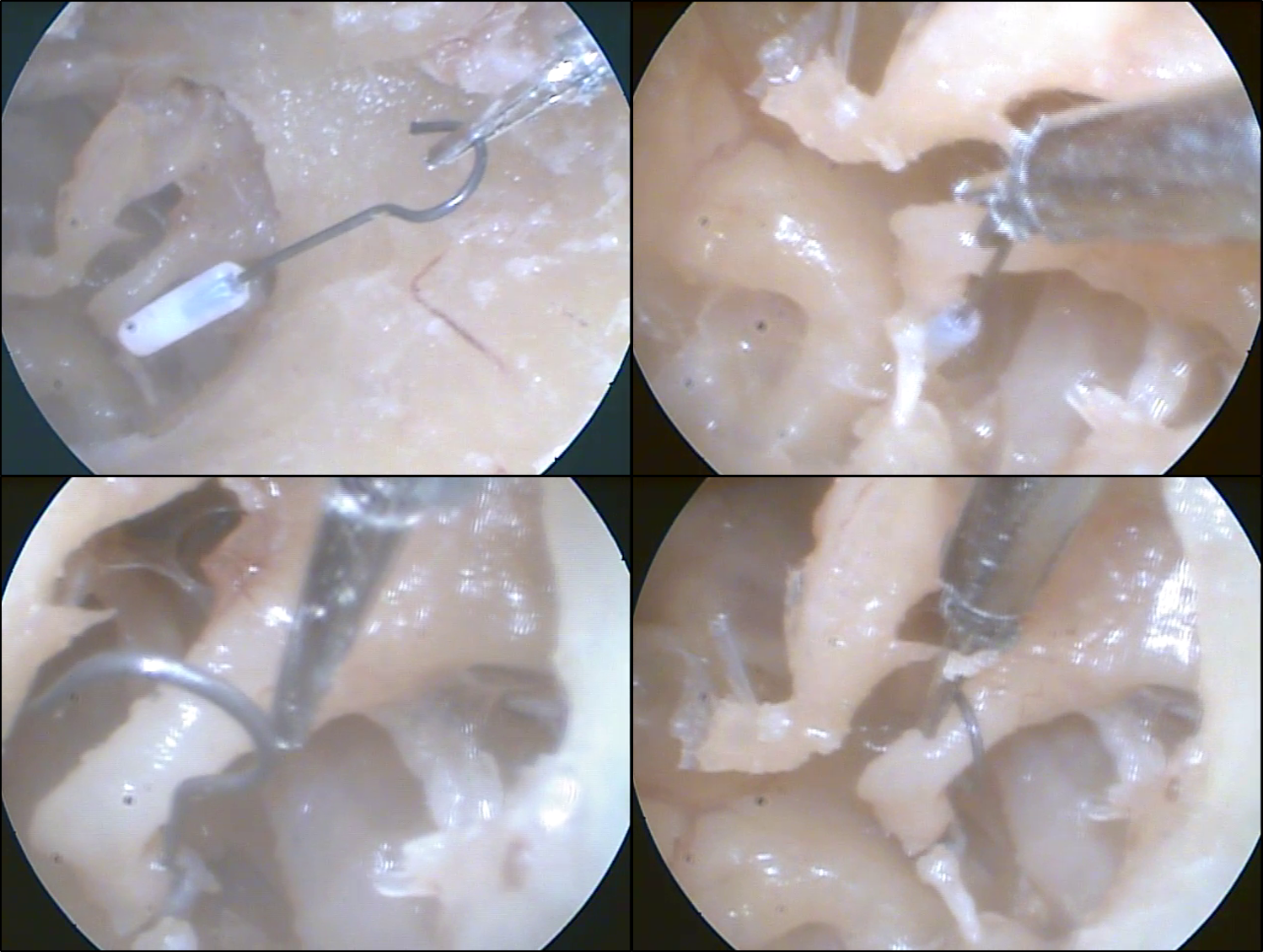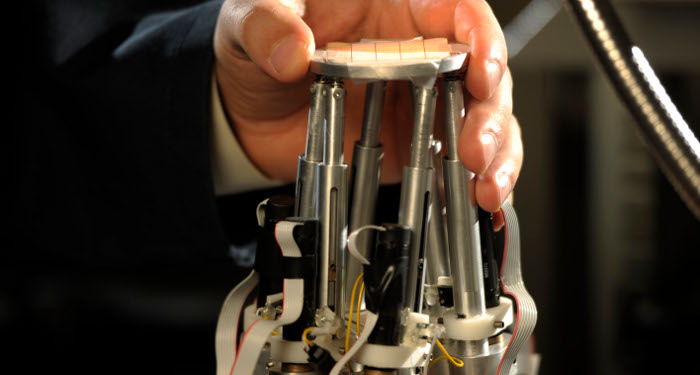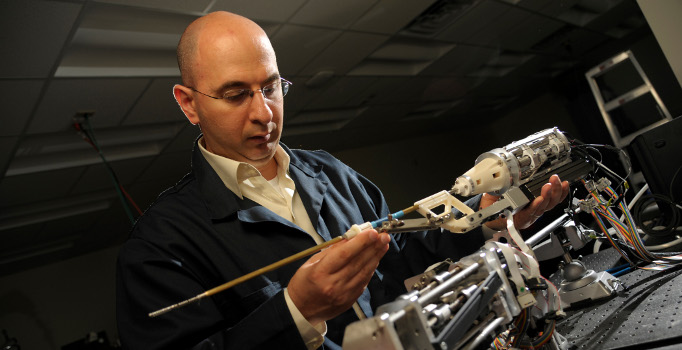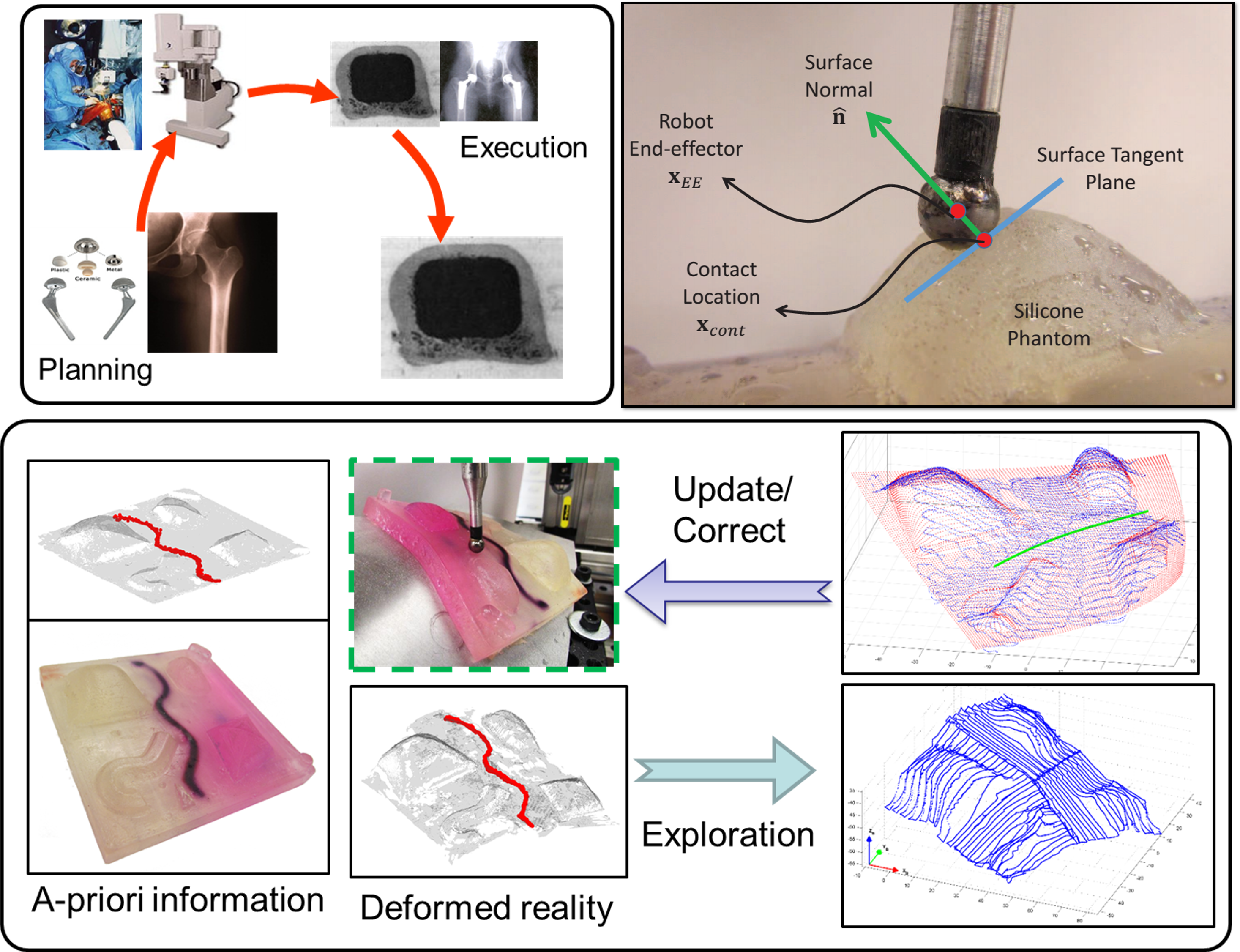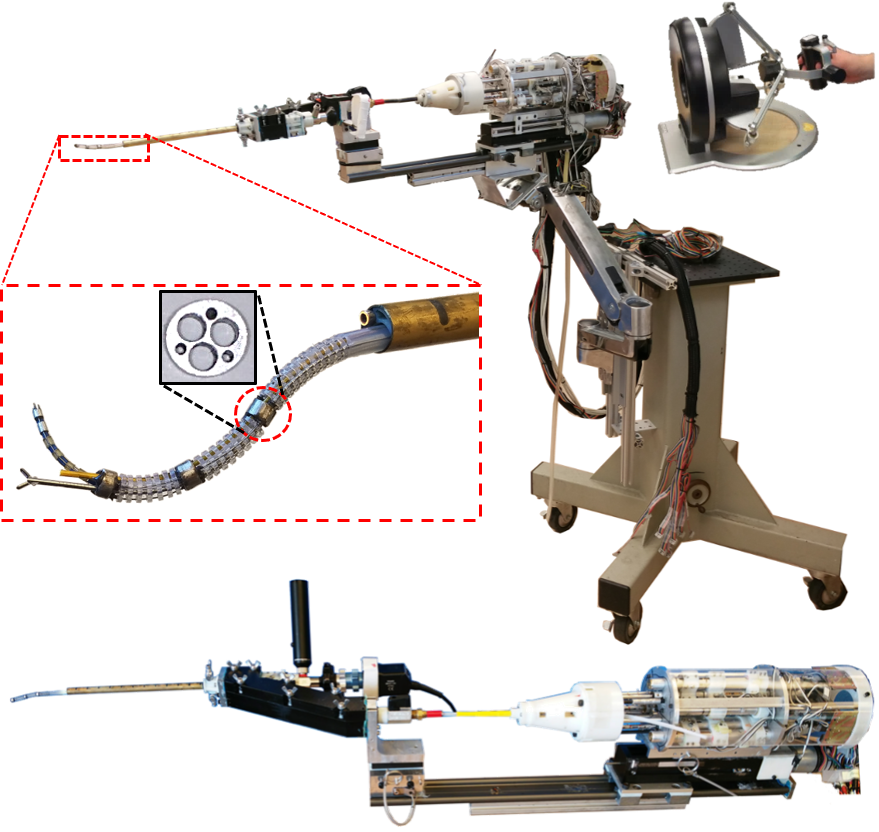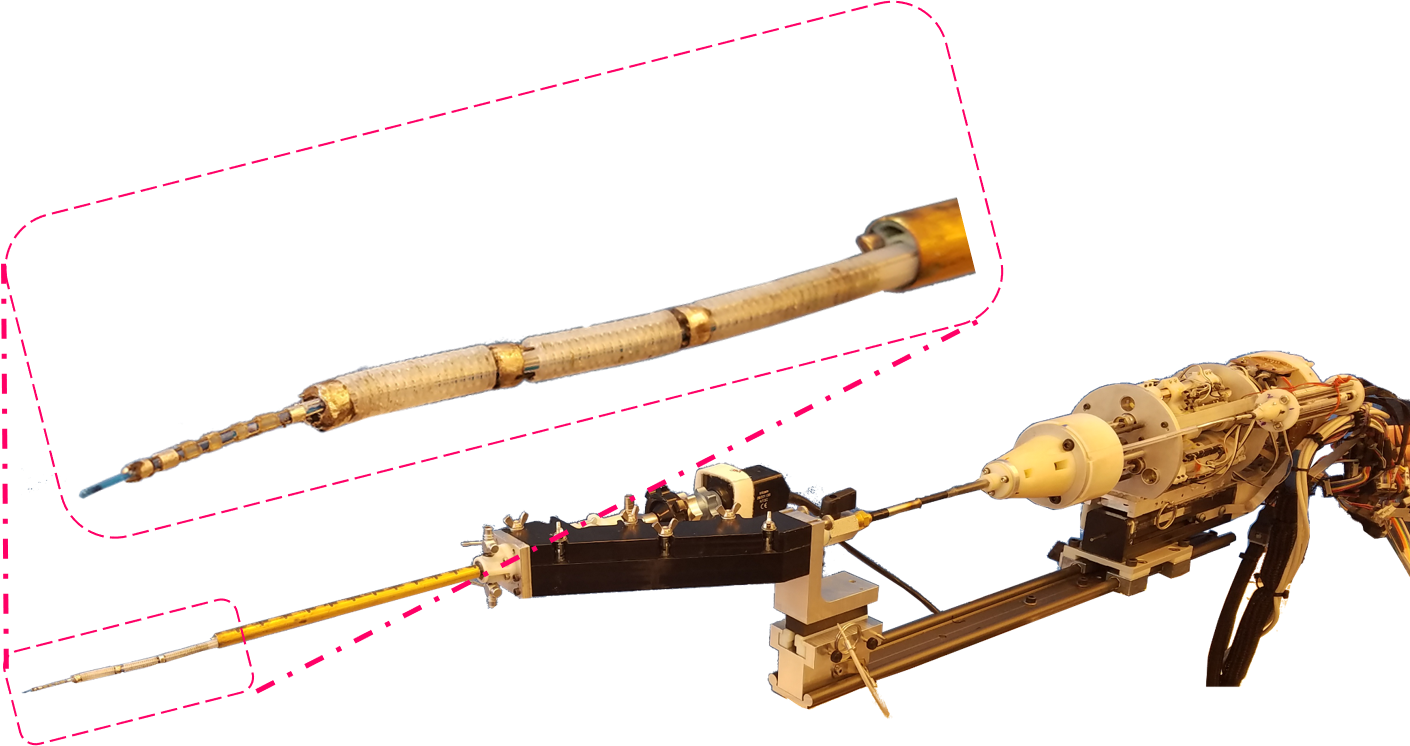
The Vanderbilt Mechanical Engineering program that supports this workshop includes several core faculty members who have been conducting research in a wide area of robotics and its applications to healthcare. The workshop is unique in a sense that it demonstrates applications of the new exciting field of healthcare robotics in a wide range of use scenarios. The workshop includes talks by experts in the field of healthcare robotics and in-lab demonstrations of research platforms. Topics to be covered include the role of Mechanical Engineering in healthcare robotics, surgical applications and design of novel mechanical architectures including parallel robots and flexible snake-like robots; ongoing research on rehabilitation including prosthetics, artificial hands and legs; and intelligent control systems that use biological input signals intelligently to determine mental state of the user, attention, and frustration.
Site: Olin Hall, 2400 Highland Avenue, Nashville, TN 37232
Date: Saturday November 13
- 8:00 - Check-In (Buttrick Hall room 101)
- 9:00 - Welcome remarks including one representative from Vanderbilt PTY and one representative from VU followed by introduction of speaker.
- 9:15- Keynote presentation: "Mechanical Engineering: An engine of Innovation in Medical Applications of Healthcare Technologies”, N. Simaan:
The talk will cover an introduction of the role of the mechanical engineering discipline in the future of healthcare robotics and robotics in general. A brief history of medical robotics and considerations supporting the use of robotics for medicine will be presented. Design considerations and proper choice of mechanical architectures will be highlighted. Examples of research projects covering the use of flexible robots, snake-like robots, parallel robots, prosthetics, and human-robot interaction will be presented.
- 10:00- Break and dismissal to workshops
- 10:15- Workshop Session I: (student groups rotate (choose 1 out of 5))
- 11:15- Break
- 11:30- Workshop Session II: (student groups rotate (choose 1 out of 5))
Use the colored dots on your nametag to determine which sessions to attend. The three dots correspond to the list of sessions below. Attend these sessions in the order in which your dots appear!
-
- Student group 1: Parallel Robots and Snake robots for surgery (N. Simaan, ARMA Lab)
- Student group 2: Intelligent Virtual Reality System for Automated Inference of Biological Signals (Nilanjan Sarkar, RASL).
- Student group 3: Assistive robots for disabled persons (Michael Goldfarb, CIM).
- Student group 4: Haptics, Lasers, and Parallel Robots for Surgery (Robert Webster)
- Student group 5: Precision Pneumatic MRI Compatible Robotic Surgery (Eric Barth)
- 12:30- Lunch in Buttrick Hall room 101
- 1:30- Workshop Session III: (student groups rotate (choose 1 out of 5))
Student group 1: Parallel Robots and Snake robots for surgery (N. Simaan, ARMA Lab)
Student group 2: Intelligent Virtual Reality System for Automated Inference of Biological Signals (Nilanjan Sarkar, RASL).
Student group 3: Assistive robots for disabled persons (Michael Goldfarb, CIM).
Student group 4: Haptics, Lasers, and Parallel Robots for Surgery (Robert Webster)
Student group 5: Precision Pneumatic MRI Compatible Robotic Surgery (Eric Barth) - 2:30- Reconvene in Buttrick Hall 101
- 2:45- Closing remarks and open discussion with the students
- 3:30- Conclusion of the program
RED: Parallel Robots and Snake robots for surgery (Nabil Simaan, ARMA Lab), Room 407
YELLOW: Intelligent Virtual Reality System for Automated Inference of Biological Signals (Nilanjan Sarkar, RASL), Room 518
BLUE: Assistive robots for disabled persons (Michael Goldfarb, CIM), Room 511
GREEN: Haptics, Lasers, and Parallel Robots for Surgery (Robert Webster), Room 604
ORANGE: Precision Pneumatic MRI Compatible Robotic Surgery (Eric Barth), Room 504
Student group 1: Parallel Robots and Snake robots for surgery (N. Simaan, ARMA http://research.vuse.vanderbilt.edu/arma )

This demonstration and talk will introduce the students to parallel robots and snake robots. We will discuss advantages and applications of these robots for surgical assistance and healthcare. The demonstration will include two parts: 1 demonstration of a parallel robot system with a telemanipulation interface for ophthalmic and cochlear implant surgery and another demonstration of a snake robot. The demo will show movies of snakes performing palpation of mockup tumors followed by a demonstration on a snake robot that is sensitive to touch.
Student group 2: Intelligent Virtual Reality System for Automated Inference of Biological Signals (Nilanjan Sarkar, RASL http://robotics.vuse.vanderbilt.edu ).
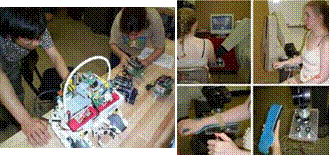
The Robotics and Autonomous Systems Laboratory (RASL) conducts research in the areas of intelligent autonomous or semi-autonomous systems. Human-robot and human-computer interactions are research areas of current emphasis in RASL. We are developing new autonomous systems that can sense human emotion and act accordingly. The students will see a virtual reality-based system that can sense a person's eye gaze and physiological signals, infer his/her mental state (is the person paying attention, getting frustrated etc.) from these signals, and act adaptively in response to his/her affective states. The video of a robot that can act with a person in an emotion-sensitive manner will also be shown.
Student group 3: Assistive robots for disabled persons (Michael Goldfarb, CIM http://research.vuse.vanderbilt.edu/cim).
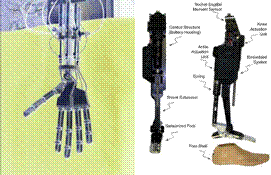
This presentation will present current research in developing an artificial robotic arm and leg for amputees, and a lower limb exoskeleton for paraplegics. A short presentation will precede the demonstration and the relevance of our ongoing research to healthcare will be explained to the young audience. The demonstration will show existing prototypes of these systems and videos of the systems.
Student group 4: Haptics, Lasers, and Parallel Robots for Surgery (Robert Webster, MED http://research.vuse.vanderbilt.edu/MEDLab/index.htm ).
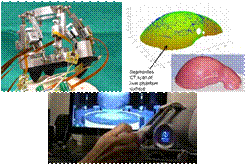
The Medical & Electromechanical Design Laboratory focuses on research to improve medicine through engineering. We will describe some of our projects involving robots for surgical applications, and provide 1) a hands-on demo of force feedback (haptic) devices: Falcons and/or haptic paddles, 2) a demonstration by a graduate student of a parallel robot for cochlear implant surgery, and 3) a demonstration by a graduate student of a laser scanning system designed to provide three dimensional "x-ray vision" for doctors during surgery.
Student group 5: Precision Pneumatic MRI Compatible Robotic Surgery (Eric Barth, http://www.vanderbilt.edu/dces/ )

Conventional robotic actuation, such as electromagnetic motors, are incompatible with an MRI’s imaging technology. This incompatibility currently makes intra-operative MRI guided robotic surgery and microsurgery unachievable. Potential solutions to this have been tried but with limited success. It is widely recognized in the engineering and scientific literature that pneumatic actuation is a viable solution for MRI compatible robotic surgery. Utilizing all plastic and other MRI compatible materials, pneumatically actuated robotic platforms have been demonstrated as presenting no image distortion. Through the utilization of air or other gas, pneumatic actuation presents no contamination issues. In addition, MRI compatible position and force sensing can be fully integrated through the use of fiber optics. The most significant barrier to the adoption of pneumatically actuated MRI compatible robotic platforms is their precision control. Pneumatic systems are highly nonlinear and require advanced control techniques. A viable pneumatic solution will require positioning precision better than 0.1 mm. Our lab has experimentally achieved pneumatic positioning precision better than 0.05 mm through the use of adaptive nonlinear control techniques. Precision motion and force control of pneumatic systems will allow the realization of a pneumatic robotic platform capable of fully exploiting the image resolution of an MRI machine in real-time.
Pictures from the event:
Below are some pictures from the event. The images of minors have been intentionally blurred to protect their identity.
